Addressing sustainability issues is a hot topic in the semiconductor industry, especially since Bloomberg highlighted that the industry’s carbon footprint is growing at a rapid clip while the auto industry’s carbon footprint has declined over the same period. However, the article only calls out GM as the automaker of reference. The skeptic in me would make a comment about differences in industry growth rates, as the chip industry has been booming; according to IC Insights, the compound annual growth rate has been 6.5% from 2011 to 2021 (Figure 1). While according to Statistica automobile sales have been essentially flat over the past 10 years.
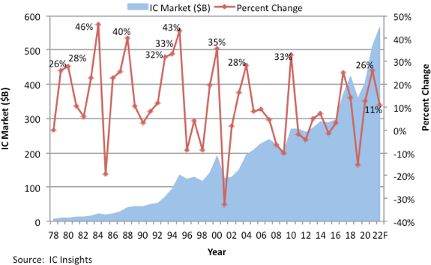
Nevertheless, the semiconductor industry’s carbon footprint is growing as semiconductors find their way into nearly every aspect of our lives. This has been dramatically pointed out over the past year as chip shortages have impacted nearly every industry.
A few months ago, I highlighted the efforts of the semiconductor equipment companies’ efforts to reduce their greenhouse gas footprint. To start the sustainability blog out in 2022, We’ll take a look at how a few of the larger semiconductor companies are addressing sustainability issues that face their companies. In this blog post, I’ll focus on IDM’s logic and memory, foundry, and fabless. This will give a broad brush to how the semiconductor side of the industry is addressing sustainability as a whole.
Samsung was not included as the entire electronics division was incorporated into their sustainability report, and not the Semiconductor division, but I will comment on Samsung later in the report.
In looking at Tables 1 and 2 with respect to goals and renewables, one can see that everyone is at least trying to reduce their carbon footprint and improve water conservation. Micron is just getting on board in defining how they will manage their use of renewables; however, the company is installing solar at some of their facilities in Asia. Micron is a bit further ahead on the water conservation picture; although the CDP gave them a B- for their score. That could also have to do with how Micron defined the program, as the depth of the explanations plays into the CDP scoring.
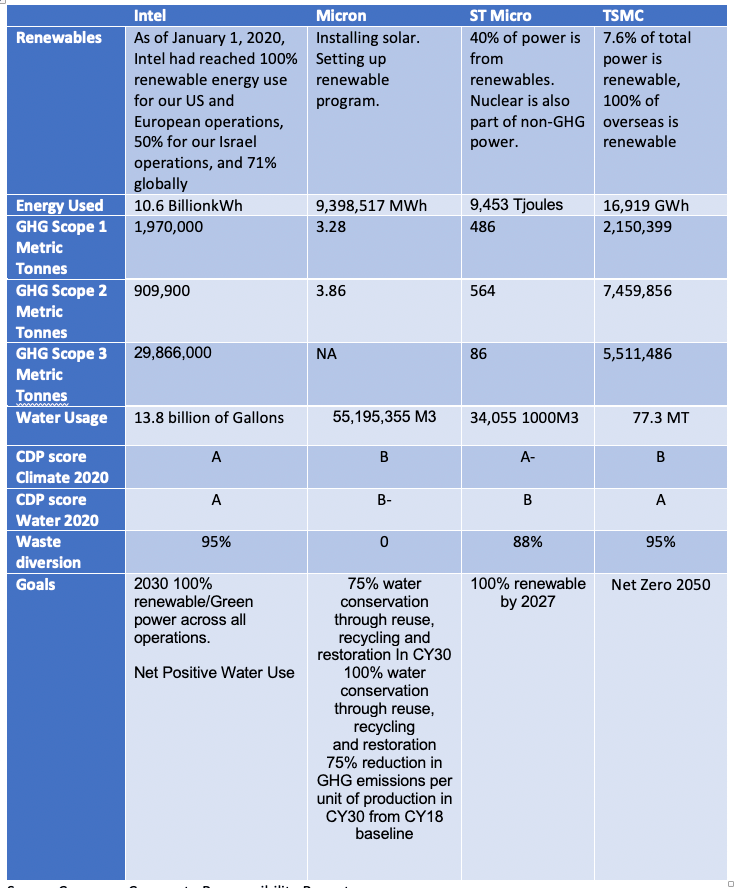
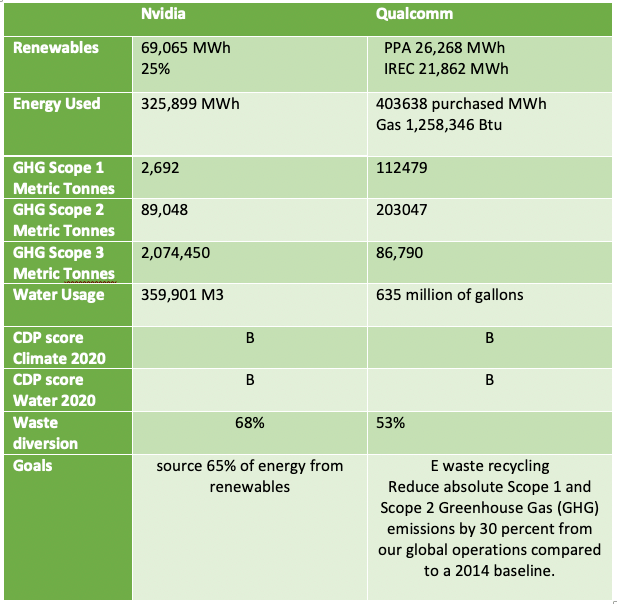
Renewables and Goals for Addressing Sustainability
Intel and ST Microelectronics (ST Micro) have been two very active sustainability advocates for a considerable period of time. ST Micro uses 1994 as a baseline for several of its goals or standards. Intel has been working on water conservation since before 2000. When you look at the renewable picture, these two companies have a considerable lead on the rest of the industry. Intel plans to be 100% renewable by 2030 and ST Micro has plans to be 100% renewable by 2027.
TSMC has goals to be net-zero by 2050, but they have a long way to go as TSMC is currently only 7% renewable. Figure 2 shows ST Micro’s energy breakdown.
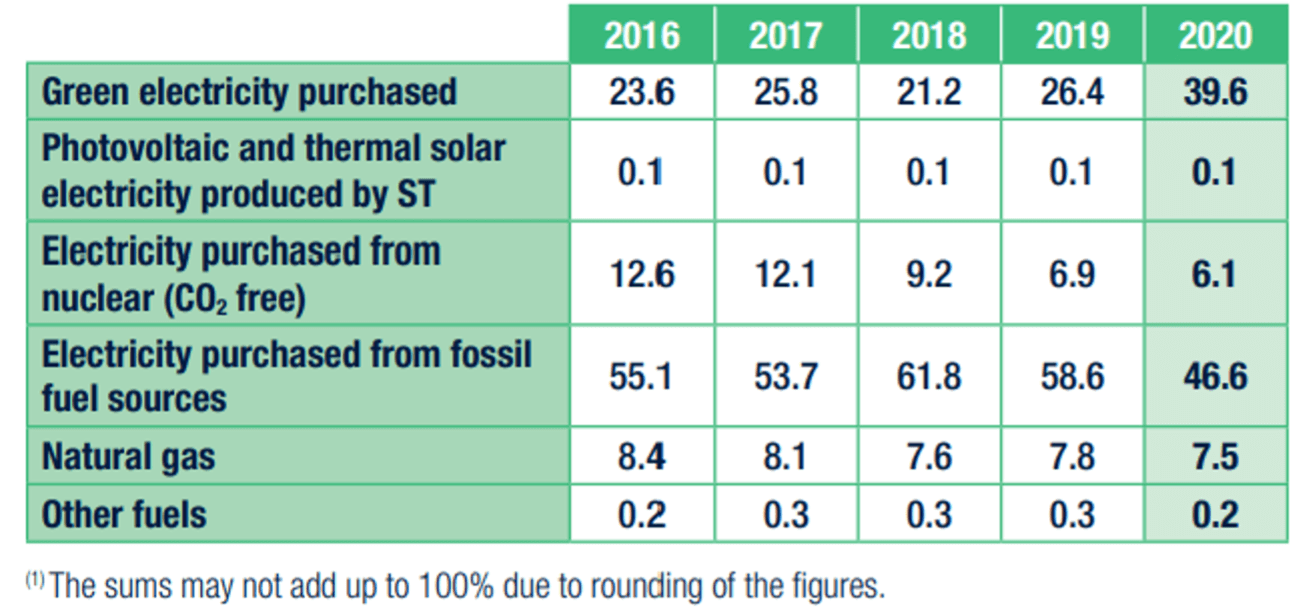
It shows that ST Micro still uses over 50% of non-renewable sources. In the next 5 years, ST will need to eliminate the rest of the fossil fuels. It will be interesting to see the mix of energy over the next few years, especially as this winter a few countries in Europe have had to resort to coal to keep power supplied to the country. ST Micro is also the only company that has managed to reduce Scope 1, Scope 2, and Scope 3 emissions in 2020. This is an admirable achievement, some in part due to the pandemic, but to have reduced Scope 1 and 2 in the face of a semiconductor shortage is no small feat.
By comparison, Intel reduced scope 2 slightly, Nvidia scope 1 slightly, but in most cases, all emissions climbed due to semiconductor demand.
As one reads through these reports the level of detail varies. TSMC goes into a great deal of written detail. In reading through some of the Criteria for the Dow Jones Sustainability listing, and the CDP grading, the level of detail, and how that detail is presented are of importance (Figure 3).
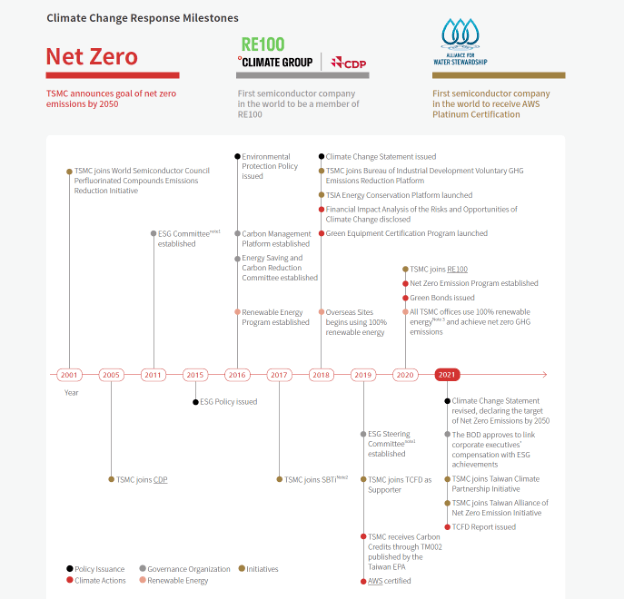
Figure 4 details the potential financial impact if TSMC fails to take action on climate change. For companies just getting started in the Environmental, Social, and Governance (ESG) space the TSMC report is a good tutorial on the detailed level of reporting needed to participate in some of the third-party evaluations.
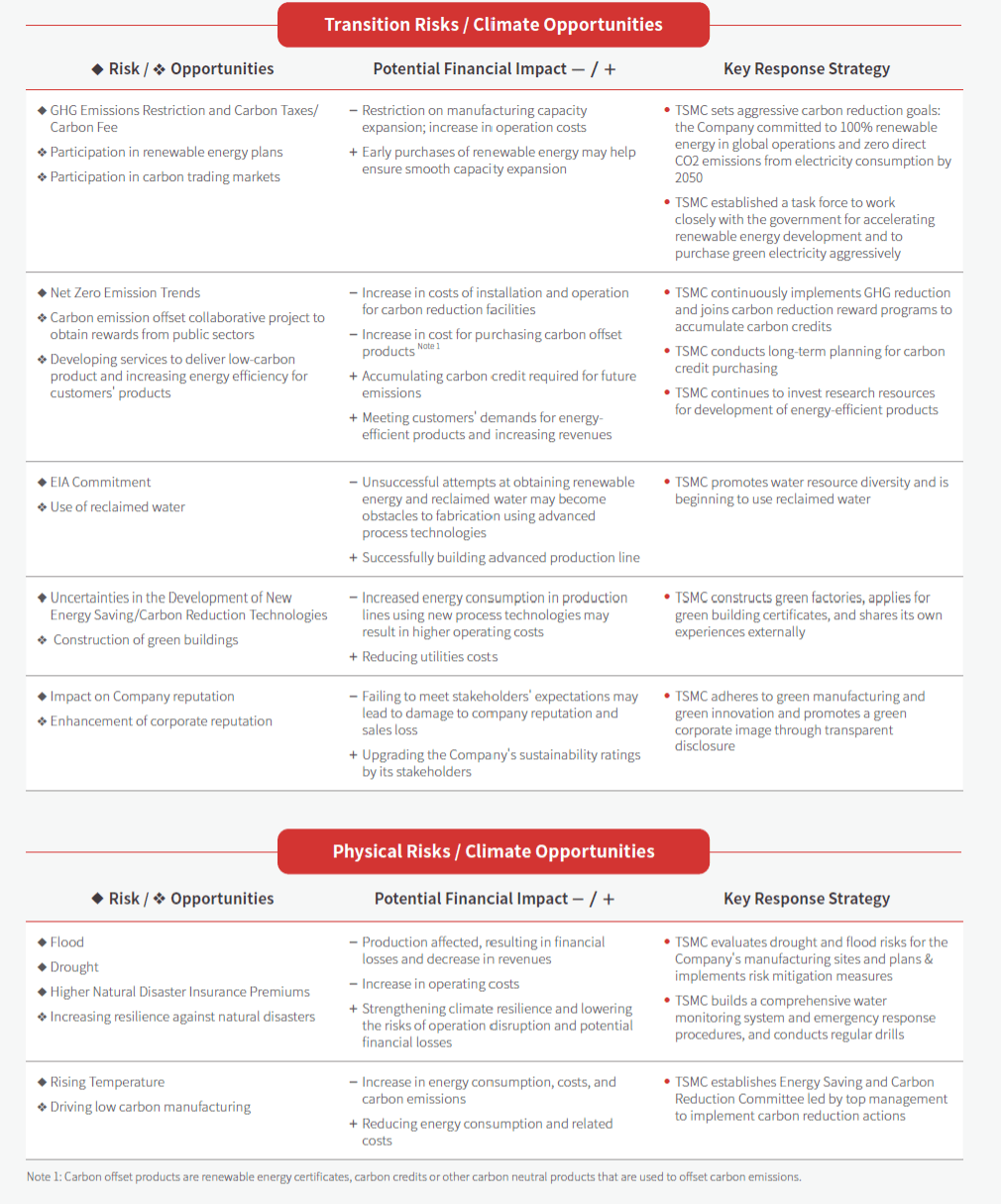
Figure 5 gives a snapshot of how Samsung is addressing sustainability, which includes collecting and recycling electronic products. Qualcomm also has an electronics collection and recycling program. Samsung also performed an analysis on the global warming impact of electronic equipment (Figure 6).

As one can surmise most of the impact of electrical use arises from the use of the product. Intel also performed a study and came up with a similar number for the computing products (Figure 6).

So, what does the information in these reports tell us? First, it gives the industry a short history and lets us know where we currently stand. Second, it gives the industry targets to work for, and it also potentially show’s the industry where we might have missed a critical part of the analysis. As Samsung’s data above demonstrates most of the carbon impact comes from the use of the hardware. So as the industry moves forward, do we focus on reducing the energy consumption of the hardware, or do we also focus on the manufacturing of that hardware?
I think Figure 7, from Intel, is telling. While there has been a tremendous decline in scope 1 and 2 emissions over time, in the past few year’s emissions have been on the rise.
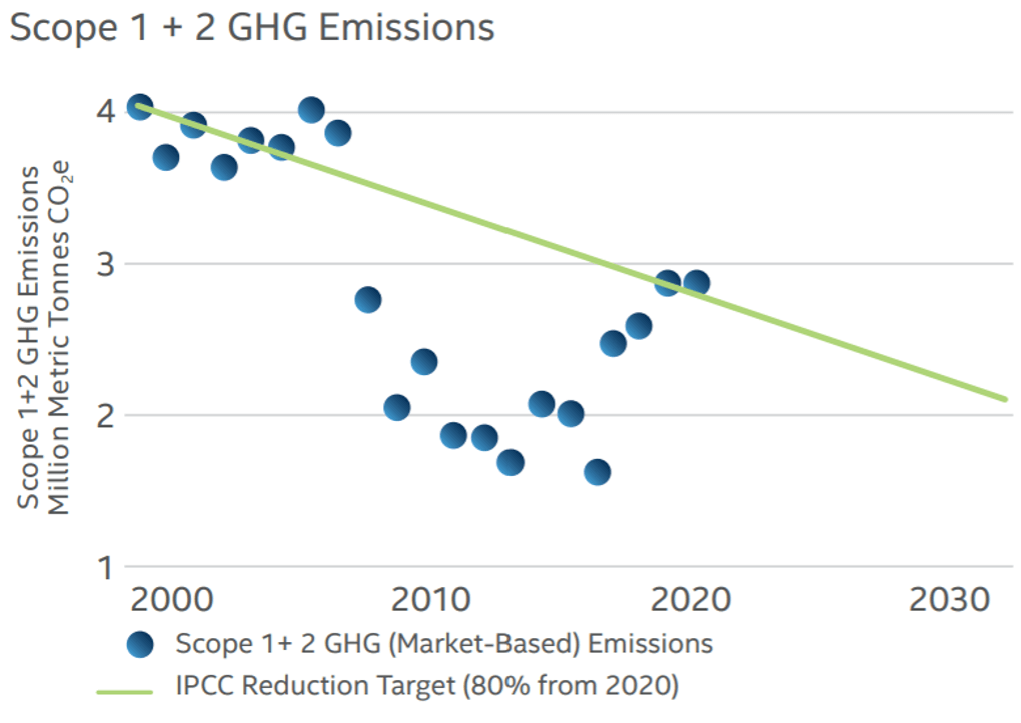
As the industry tackles the emission challenge how does it get back on the emissions reduction curve, with both manufacturing and product? Most chip companies have a decline in emissions per part produced. While that’s a number the industry should be focused on, the industry should also be focused on how does it reduce the overall power needed to produce a chip, as well as operate that chip well into the future. ~ d.f.























